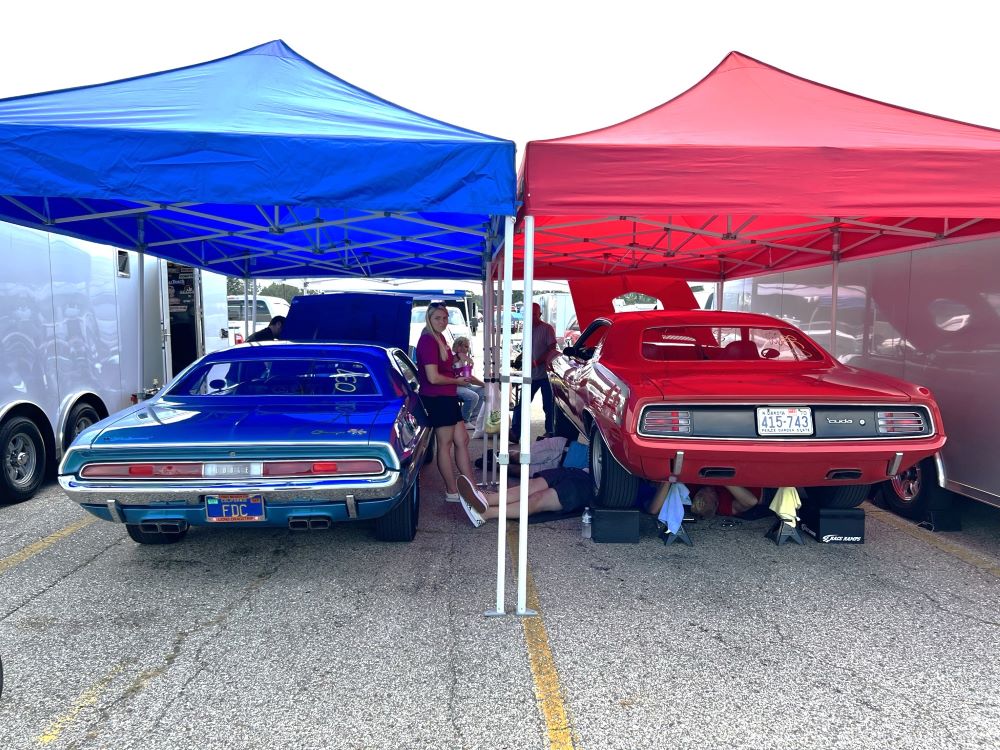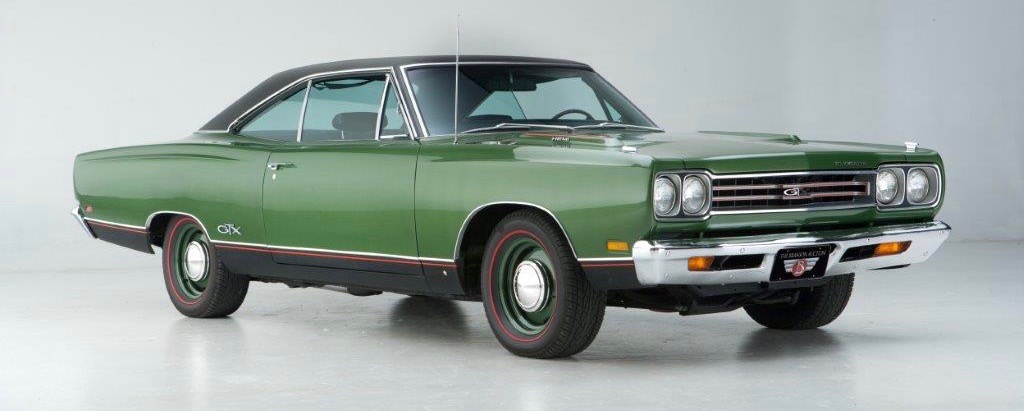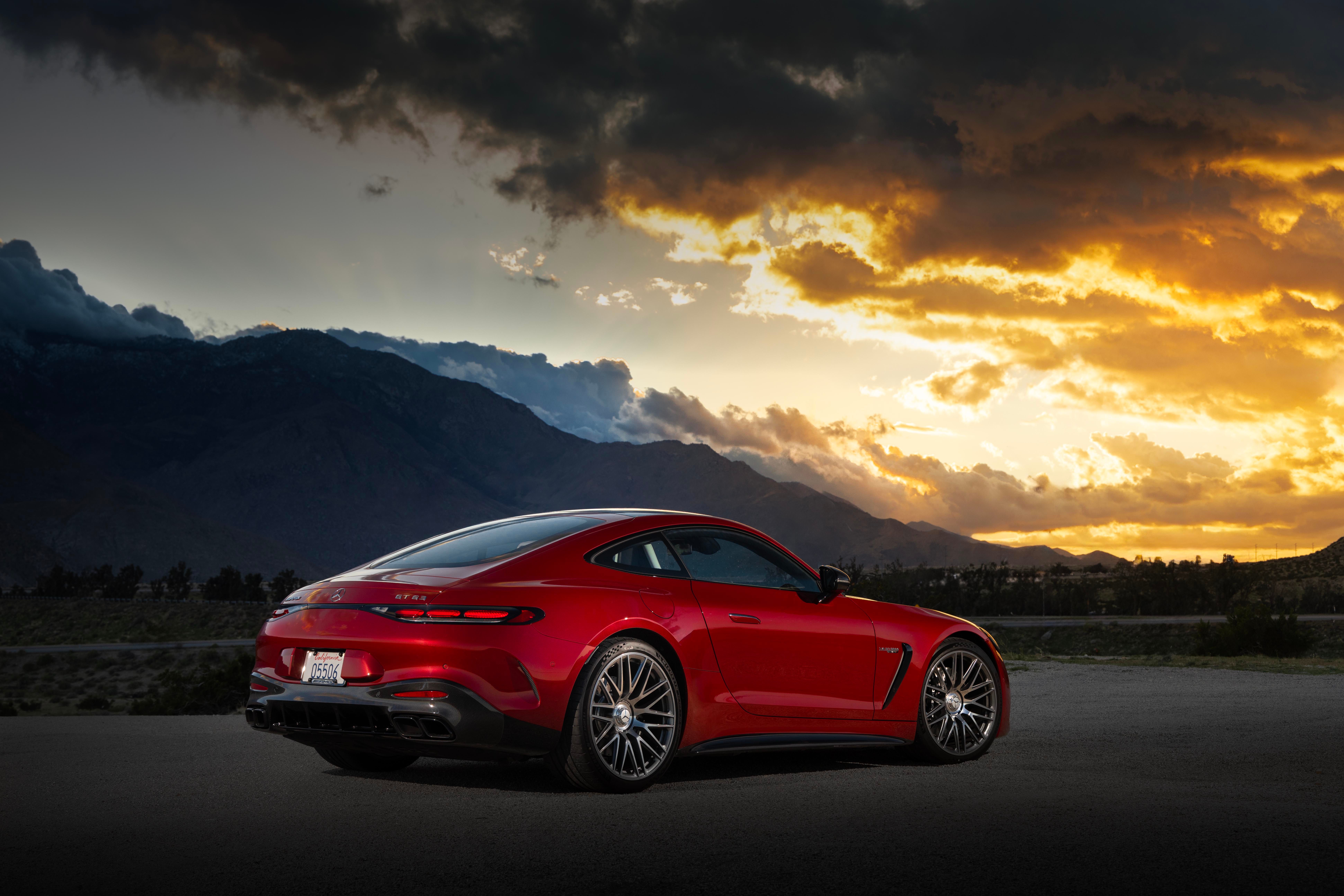If you’re a fan of the current Dodge Chargers and Challengers, you’ll love how Dodge dug into its history and offered a select number of shades from the past: Plum Crazy, Go Mango, Hemi Orange, Exalted, Green Go, B5 Blue and F8 Green. Most of them have puny names that might make you cringe or smile, but the last two look awkward – what’s the deal?
It all has to do with how the Chrysler Corporation coded colors starting in 1969. Prior to the 1969 model year, Chrysler had a special methodology for designating a vehicle’s assembly line using a broadcast sheet (aka “build sheet”) and a wing tag. (aka “data plate”); starting in 1969, Chrysler began using a different coding system, which in most cases used three characters using letters and numbers. This system is much easier to understand for a layman.
2023 Dodge Charger and Challenger in F8 Green
For example, V-codes indicate a number of stripes and/or finishes that usually include color. V6W is a longitudinal sticker (6) in white (W) similar to the “C-stripe” stripe on 1970 Dodge Super Bee. The V7X is a painted longitudinal stripe (7) in black (X) that will double as accent stripes for 1970 Plymouth Sports Satellite. V8B will be a bumblebee sticker (8) in blue (B) for a 1970 Dodge Super Bee. V9F will draw a bumblebee stripe (9) in yellow (Y) for a 1970 Dodge Challenger R/T.

Dodge Challenger and Charger V-Code Explanation Chart
Notice how they are grouped by position (longitudinal or rear) and material (sticker or paint). When it comes to colors, you see X is black, W is white, B is blue, Y is yellow (or gold). There are other color codes such as A for silver, F for green, K for orange, E for red, J for bright green, T for tan, L for beige, and Q for turquoise, among others.

1970 Challenger R/T in EB5 and 1970 ‘Cuda in FE5
Now that you understand the color codes, what about the numbers in B5 and F8? They mean the lightness or darkness of a certain color, where 9 is dark and 1 is light. Knowing what you know now, you can conclude that B5 is blue and F8 is dark green. 1970 also had a lighter B3 and a darker B7, as well as a lighter F4.
Ready for me to make things a little more complicated? You may have seen colors with three symbols – for example, for the 1970 model year, Chrysler added an extra symbol before the color codes. What used to be B5 or F8 is now known as EB5 or EF8. What did that E mean? The year of appearance of the color. E stood for 1969, F for 1970, and G for 1971. It should be noted that the B5 formula was adjusted slightly for 1971, so the blue was coded GB5 from then on, and KB5 in 1974. Older colors such as L1 (beige) became BL1, with the B standing for 1966 as its year of origin; Y3 (cream) became DY3 to mark the 1968 debut.

1969 Plymouth GTX in F8
So, finally, what is so special about the B5 and F8 for Dodge to distinguish them by a code rather than a name? The B5 was bright blue (Dodge) or Blue Fire (Plymouth) and a very popular color. The F8 was Dark Green or Ivy Green, respectively, and was also quite popular. Classic Mopar collectors often refer to certain colors as their codes, so Dodge’s marketing department seized on this cultural moment for the modern era. Both colors are timeless and look great on late model Mopars, but now you know where those weird color names came from.
This article was originally written by Diego Rosenberg posted on ClassicCars.comeditorial partner of Motor Authority.
https://www.motorauthority.com/news/1137511_dodge-challenger-and-charger-colors-explained






)
